To reach the sites we found a well respected AirBnB activities van tour led by a Polish local, where 5 other young people joined us (3 from Pittsburgh, 1 from Bordeaux France, and another). In the 1.5 hr drive out from Krakow, the guide orientated us on what we would see, and explained a bit about the context.
We started at a location where trainloads of Jewish victims were either selected to go to the work camp (Auschwitz) or to the extermination camp (Birkenau).
Approaching the main gate at Birkenau, the guide explains the long looping path to follow and how to use the audio guides she provided.
We toured only the lower 1/4 of this aerial view of Birkenau taken by the RAF in 1944 - the scale of the site is overwhelming.
Now just after having passed through the gate (see where the bright v-shaped roads point in lower right above photo), we continue on our own with audio guides (head set and player).
Within the camp, many structures are now just foundations, some in ruin, the wood guard towers and bunkhouses are accurate recreations, and the concrete fence poles are original but with periodically replaced barbed wire. What remains is some sort of balance between natural decay to oblivion and somewhat maintained infrastructure. The state of the place has been not so much about funding, but over the years, more about how to strike a balance in how to present these remains - some experts felt letting it go to nothing left is the way, while others feel maintaining something of what it looked like originally would be better to encourage the million a year to keep coming and bear witness.
After the war, locals who were desperate to rebuild homes in the countryside removed and reused the wooden structures. This single row of recreated wooden buildings were placed on the original foundations, with the stone/brick latrines and heating implements largely intact.
The bunks are recreations. Down the centers are original poorly designed heating features.
All that is mostly left in the housing areas are foundations and heating furnaces.
We continue walking along the train ramps where further selections were done to determine who would go directly to their deaths.
At the far end of the camp is a memorial placed in the 1960's between ruins of two of the four gas chambers and crematory furnaces. There are stone plaques placed side by side, repeating the lines as shown in English in the start photo of this blog entry, in every language of those of all the victims. Murdered were Jews from many different European countries, as well as other "undesirables" such as Romas, POWs, convicts, and those others considered a threat like professors, opposition politicals and clergy, and professionals.
At the end, when they were about to be overrun by the Allies, Nazis dynamited the gas chambers and crematory furnaces in an attempt to destroy evidence of their activities. The ruins are left here as they were in 1945.
Some of the victim's ashes were put in pits just behind the furnaces - stones memorialize the location as a sacred burial site.
Buildings made of brick do remain - work is in progress to encapsulate them for long preservation.
Entering an area where women and children were housed.
We exit Birkenau, and board buses to travel about 10 minutes to the Auschwitz work camp.
Shoes...
Luggage...






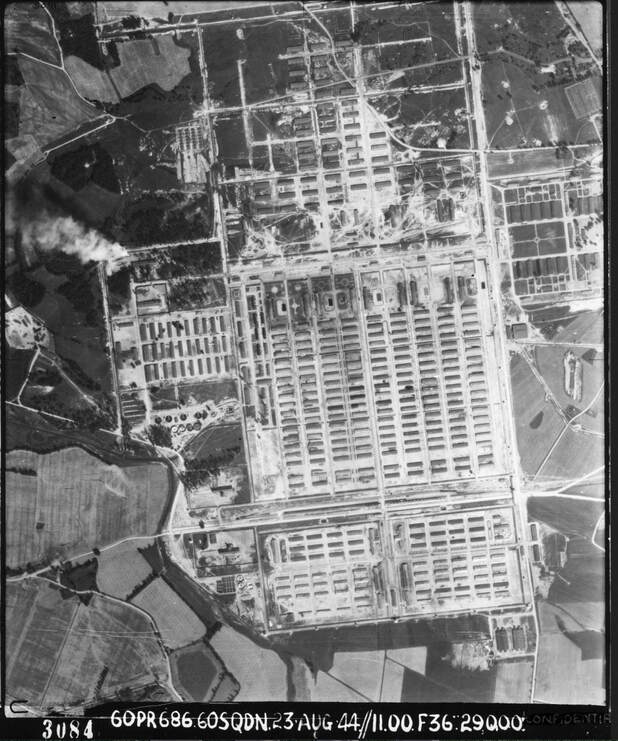

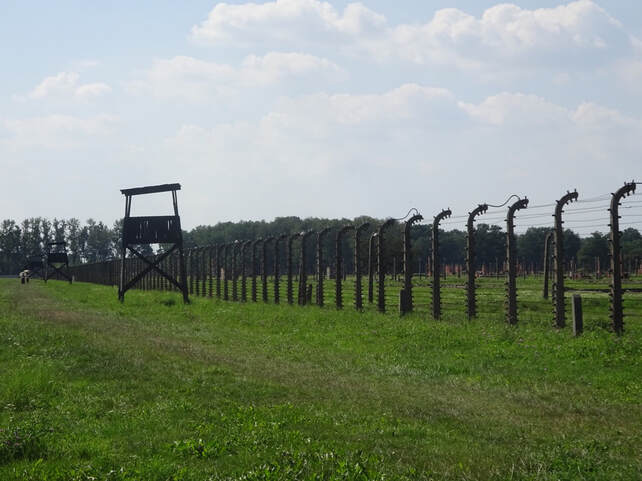
















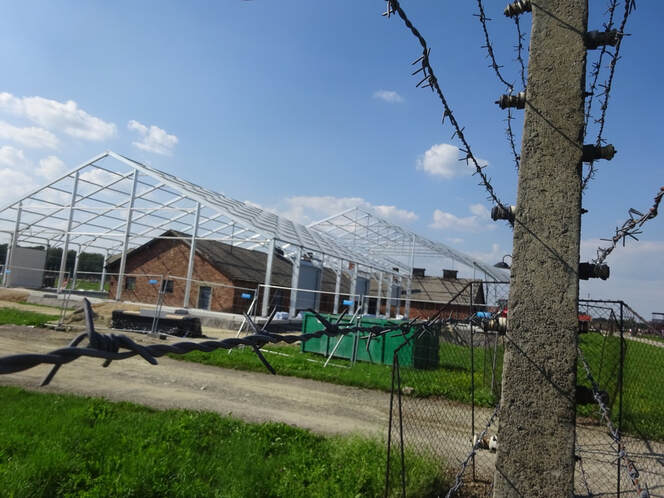
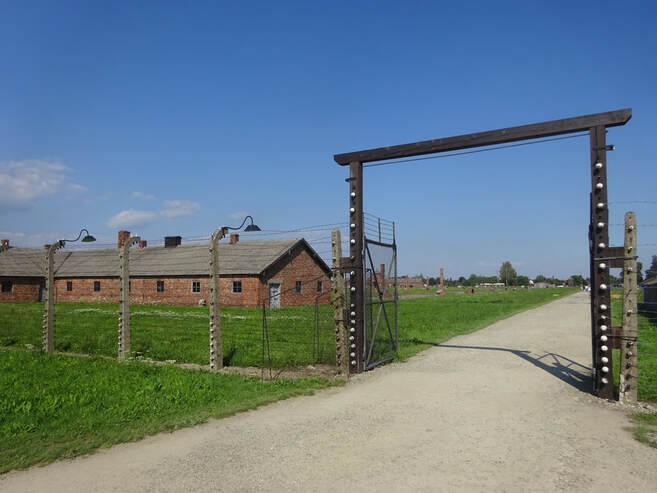



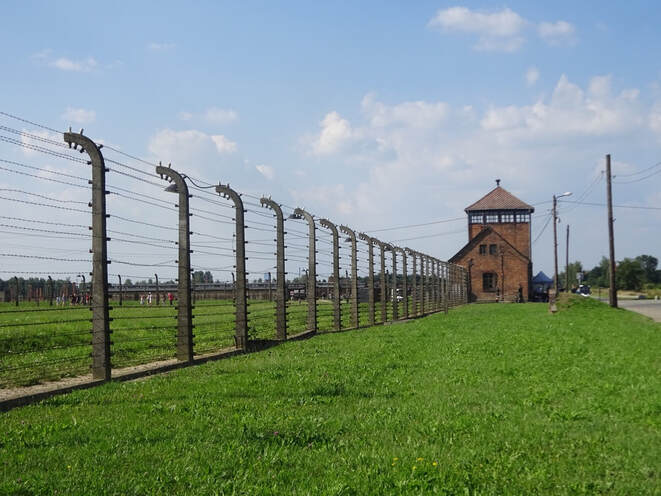








 RSS Feed
RSS Feed
